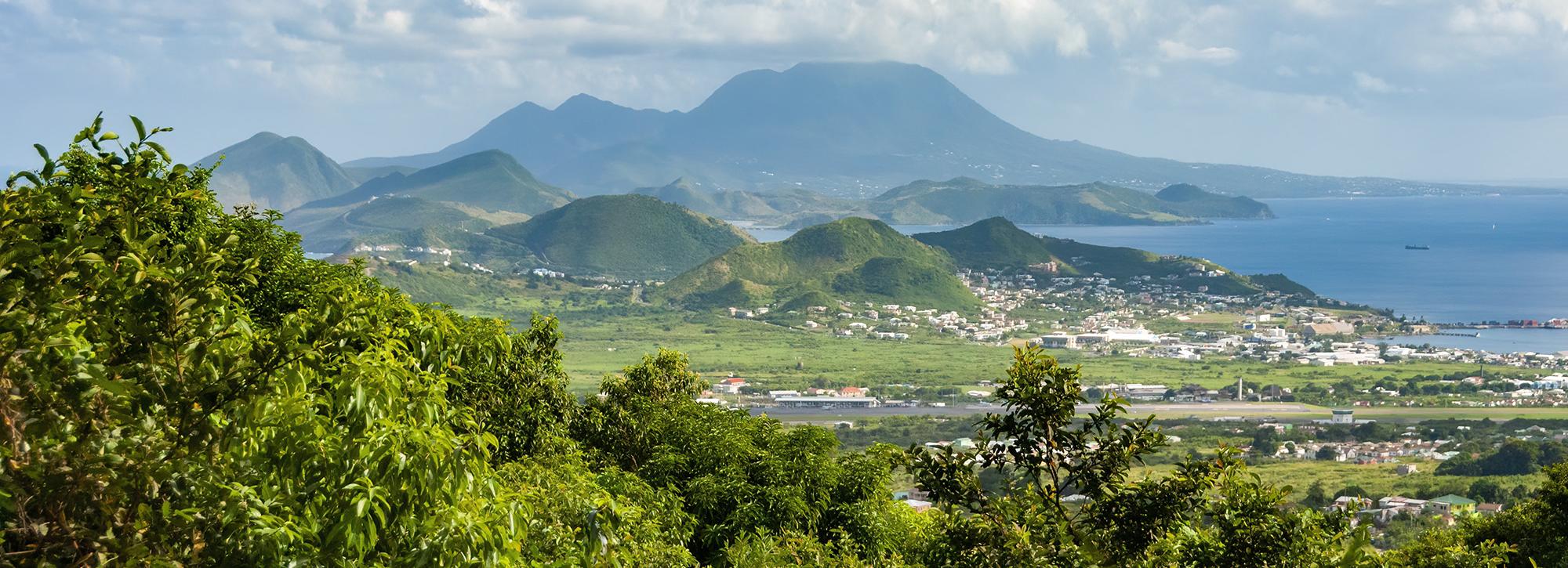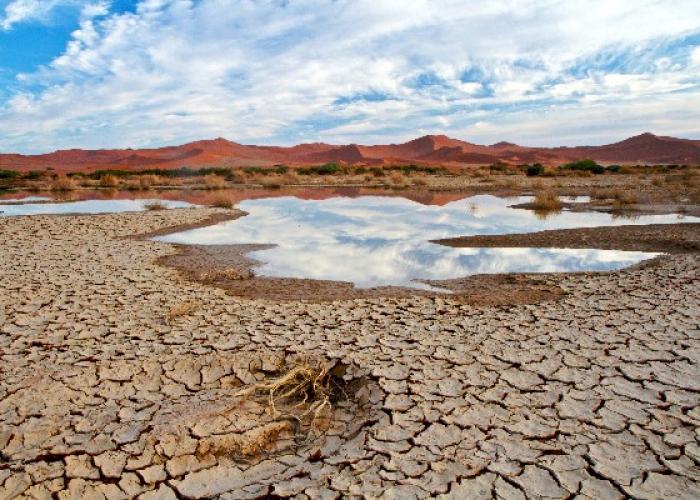
Drought forecasting helps St Kitts adapt to reduced rainfall
Rainfall is the sole source of drinking water in St Kitts and Nevis, so changes in weather caused by climate change are having a big effect on the water supply. The Caribbean nation is experiencing reduced water for households and agriculture because of significant rainfall variability, including seeing the driest ever rainy season in 2023.
To help the country build resilience, HR Wallingford has designed a drought-forecasting system, which will enable local authorities to take action ahead of droughts, and ensure communities have access to the water they need for their health and livelihoods.
The comprehensive drought forecasting system, funded by the UN Climate Technology Centre and Network (CTCN), combines data from Earth Observations (EO) satellite imagery, land surface model simulations, weather and climate forecasting, hydrological data, and hydrological modelling.
Climate forecasts, ranging from monthly to seasonal timescales, drive the hydrological model. The outputs, combined with EO datasets, are translated into indicators of water stress, including commonly used drought indicators such as the Standardized Precipitation Index. The system generates monthly forecasts of water stress while calibrating results against historical data.
To produce reliable and easy-to-use forecasts, data from the model is then analysed and fed into a tool that visualises the results on a map. The system can also serve as an alert for emergency services, and trigger the activation of contingency plans.
Water supply networks in many small island nations are facing the same challenges as St Kitts and Nevis. Early action is key to creating more resilient societies, and early warning systems such as this one can help countries protect the wellbeing and livelihoods of their populations.
Want to know more?
Contact our project lead


